GVD User Guide
Overview
GVD is GlobalVision’s Desktop inspection platform.
It supports Text, Graphics, Color, Barcode, Braille, and Spelling inspections. Instructions in the User Guide are intended to describe the features and functionalities available to general user groups with no administrative access.
Note: This guide only covers details available on our latest GVD software version. For further details regarding functions available to older versions please refer to the Archived Functions page.
Please note, Guides will be available for the latest software version, for any future releases.
We will not be maintaining older versions. Please reach out to support if you have any specific questions or to our customer success team to upgrade your version.
Solution Highlights
The highlights of the solution's functions include:
Inspection Modules
Ability to identify missing, added, or modified content such as text, print defects, and color differences.
Ability to review differences and add comments and levels.
Ability to append inspection results.
Ability to generate PDF reports with comments and levels.
Ability to detect spelling errors.
Ability to inspect Braille on scanned samples (frontside and backside).
Generic Functions
Ability to compare digital files of the following formats:
File Type | Extension | |
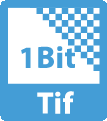 | The file format created by CTP (Computer to Plate) RIP. Usually, screening is performed and then data is separated into CMYK. | .1-BIT TIFF |
TIF is an image format file for high-quality graphics. | .TIF | |
 | Adobe Illustrator Artwork or AI is a file format developed by Adobe Systems for representing single-page vector-based drawings in either the EPS or PDF formats. | .AI |
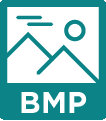 | The BMP or bitmap file format, device-independent bitmap file format and bitmap. It is a raster graphics image file format used to store bitmap digital images, independently of the display device. | .BMP |
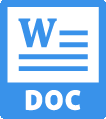 | A DOC/DOCX file is a Microsoft Word document file that typically contains text. | .DOC/.DOCX |
HTML (Hypertext Markup Language) is the standard markup language for Web pages. | .HTML | |
HWP (Hangul Word Processor) is a Korean word processor application, typically for documents containing Korean alphabet characters. | .HWP | |
 | JPEG is used in a number of image file formats. JPEG is the most common image format used by digital cameras and other photographic image capture devices. | .JPEG |
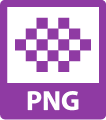 | The Portable Network Graphic (PNG) file format is ideal for digital art (flat images, logos, icons, etc.), and uses 24-bit color as a foundation. | .PNG |
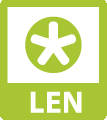 | A LEN file is a bitmap file that is made by an Imaging Engine, FlexRipC. | .LEN |
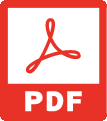 | PDF stands for "Portable Document Format". This format is used to save files that cannot be modified but still need to be easily shared and printed. | |
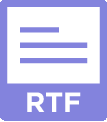 | The Rich Text Format is a document file format with published specification developed by Microsoft Corporation from 1987 until 2008 for cross-platform document interchange with Microsoft products | .RTF |
 | TXT extension represents a text document that contains plain text in the form of lines. | .TXT |
 | The XLSX/XLS file format is the default format to save spreadsheets without macros in Microsoft Excel. | .XLS/.XLSX |
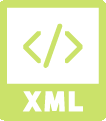 | The Extensible Markup Language (XML) is a simple text-based format for representing structured information like documents, data, configuration, books, transactions, invoices, and much more. | .XML |
Ability to compare scanned and digital files and multi-page documents (e.g. labels, cartons, inserts, and booklets).
Ability to decode and grade barcodes.
Ability to measure and compare color points.
Ability to translate Braille in multiple languages.
Ability to compare a printed component on cylinders and tubes to an electronic file using GlobalVision's C8 scanner.


